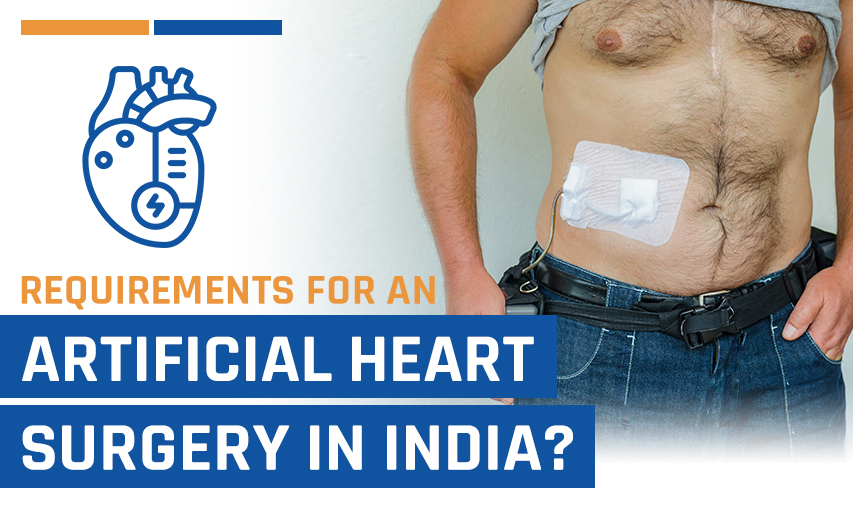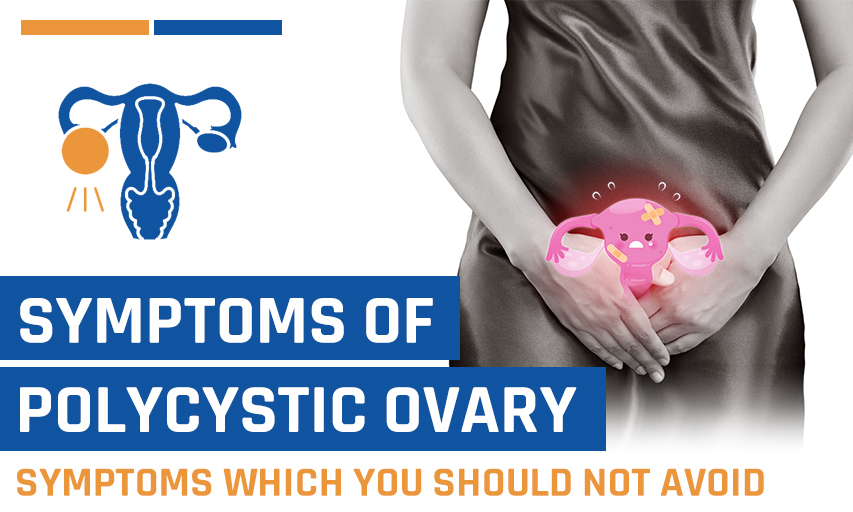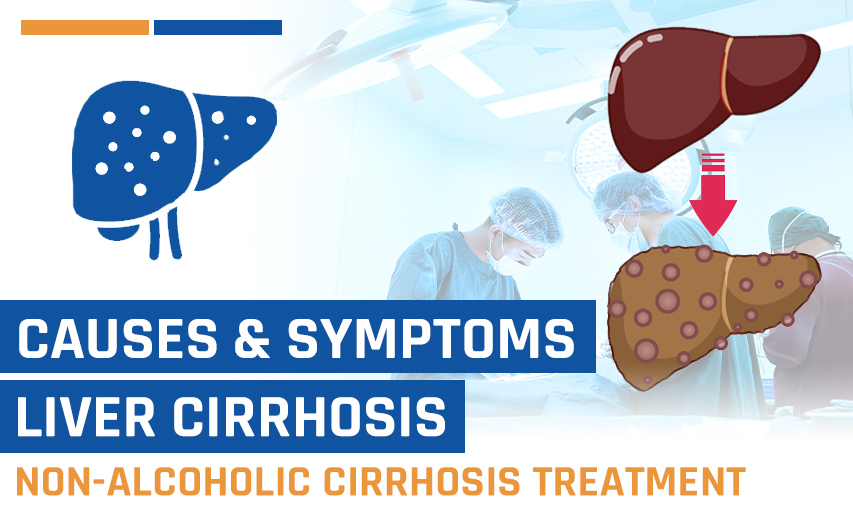How long do people live with an artificial heart?
Artificial hearts and LVAD machines have become increasingly common in recent years, providing hope and extending a new life for patients with severe heart conditions. These medical devices offer a lifeline to patients who would otherwise have very little chance of survival. However, many people are curious about the life expectancy of patients with an artificial heart because survival rates can vary based on a range of factors.
In African countries, cardiovascular disease remains one of the leading causes of death, with the incidence rate among people aged 35–69 eight times higher than in neighbouring countries. This difference can be attributed to variations in CVD biomarkers and lifestyle patterns between these populations. Research has pointed to factors such as chronic diseases, unhealthy behaviours (like smoking and alcohol consumption), social isolation, and lower socioeconomic status as contributors to the higher risk of CVD in Africa.
In response to this growing cardiovascular crisis, artificial hearts and LVAD machines have become the most preferred solution for combatting the rising mortality rates. These life-saving devices help bridge the gap for patients needing heart transplants or those who are not candidates for traditional surgery, giving them a chance at longer, healthier lives. Continue reading to learn everything you need to know about the life expectancy of patients with an artificial heart.
What is the Life Expectancy of Patients with Artificial Heart?
‘How long do patients live with an artificial heart?’ is the most common question many people have in reference to getting an artificial heart. The average life expectancy of a person with an artificial heart is 5 years, but the exact time can vary from patient to patient. There has been a significant improvement in the lifespan of people suffering from heart disease with the advent of the LVAD machine. One person has been reported to live for over 4,500 days.
But there have been certain irregularities as well. According to press release reports from Carmat, their first implantation of an artificial heart was done on a 75-year-old person who lived for 75 days post-surgery. Since then the technology has advanced, with better outcomes and success rates.
The LVAD helps the left ventricle pump blood into the aorta and thus the arteries throughout your body. An LVAD is thus a kind of mechanical pump used for patients with heart failure. The device assists the left ventricle in pumping blood to the aorta and the rest of the body. An LVAD assists the left ventricle in pumping blood.
However, an LVAD or an artificial heart, does not fully cure the problems relating to the heart and can only serve as temporary life support. The patient must regularly attend follow-up sessions, receive proper maintenance, and have yearly checkups to ensure the machines operate efficiently and to replace them with better ones if necessary.
What are the Requirements for an Artificial Heart?
Installing an artificial heart, or LVAD, is a difficult surgery that requires preliminary steps, and it is not a matter of making a decision in one day. The doctors perform many tests before the artificial heart surgery to confirm that the patient is physically capable of going through the lengthy operation procedures and won't succumb to them.
Certain tests performed for checking the eligibility are:
- Chest imaging tests: Just like an X-ray produces images of bones, similarly, a chest imaging examination reveals or produces pictures of the heart, seeing which the doctors get an idea of whether there will be enough space to fit the artificial heart, as it is quite large in size.
- Blood tests: A blood test is the most preliminary step because a patient will be needing an adequate amount of blood during surgery, as there will be blood loss as well. For that, the donor will have to be ready beforehand, and his blood type should match with the patient's. Patients must also be tested for blood types to receive blood bank supplies.
- Heart tests: Some heart tests, like echocardiograms, are done to see whether blood is flowing efficiently throughout the heart and lungs and pumping. It also makes sure that everything is functioning well enough before the surgery.
- Lung tests: Lung tests are equally important as the other tests because if the lungs don't perform well, the patient will be kept under ventilation post-surgery to give life support, as they can get unconscious.
All these tests given above provide the assurance that the patient can adapt well to the pacemaker heart surgery.
What is the Success Rate of an Artificial Heart?
People can be put on LVAD support and survive for up to six years with regular follow-ups and proper care. Research points out that as many as three-quarters of patients live for two years after getting an LVAD implant surgery and that between 80% and 85% of patients will be alive after the first year. For some people, one year could be just the time they need to wait for a heart transplant.
Recent reports indicate that 72% of patients with long-term devices successfully achieved transplant candidacy, reflecting a reasonable result in cardiac transplantation with a 79% graft acceptance rate during the waiting period. Thus, it is worth noting that due to the loud noise produced by the pneumatic driver and the severity of anti coagulation protocols, there is a noted decrease in the quality of life.
The Bottom Line: How Long Do People Live with an Artificial Heart?
Heart failure is a growing problem affecting nearly 23 million people worldwide. It is estimated that one in five people will suffer heart failure at some time in their life, with increasing parity in risk as age progresses. In addition, 5% of these patients are known to be end-stage patients with irreparable heart failure and no ascertainable treatment requirements. Heart transplantation remains the most preferred form of therapy for end-stage heart patients. Meanwhile, the gap between patients needing heart transplants and the number of donor hearts available has increased dramatically in recent years. Many people still ask how long patients live with a permanent artificial heart as medical advancements continue to improve outcomes. With the right care, regular follow-ups, and advancements in medical technology, the life expectancy of artificial heart recipients may continue to improve in the future.



















Be First To Comment
Leave a Comment